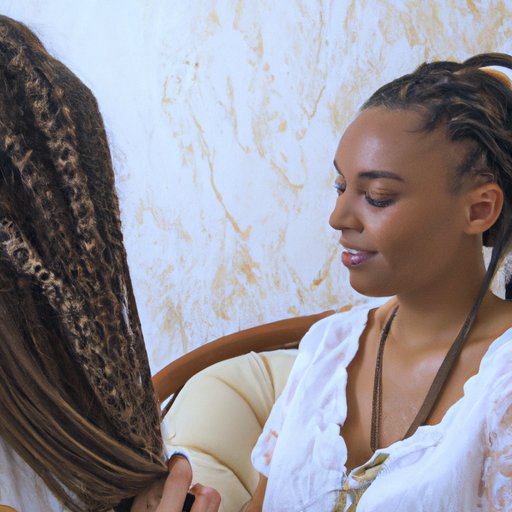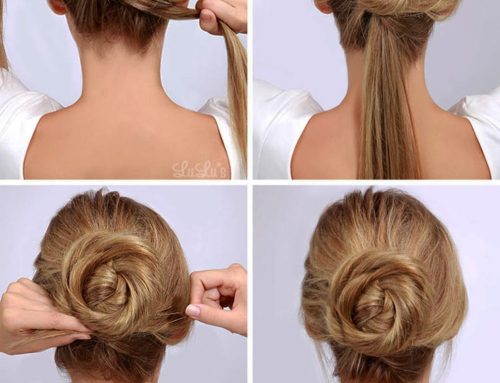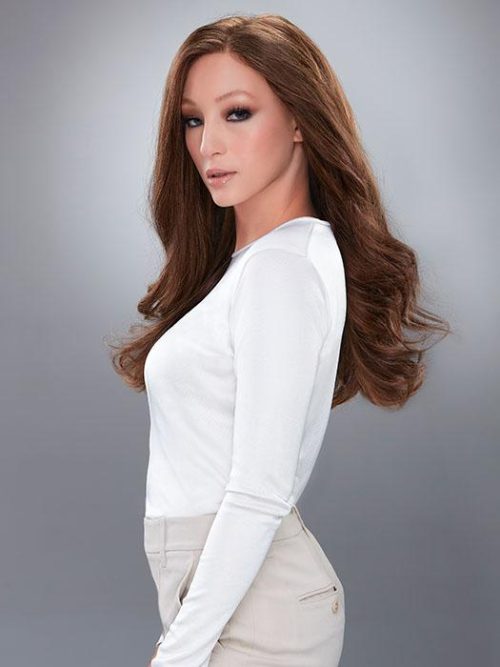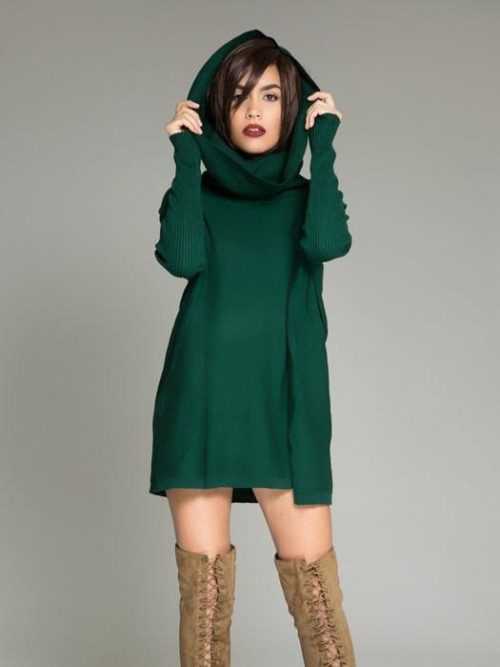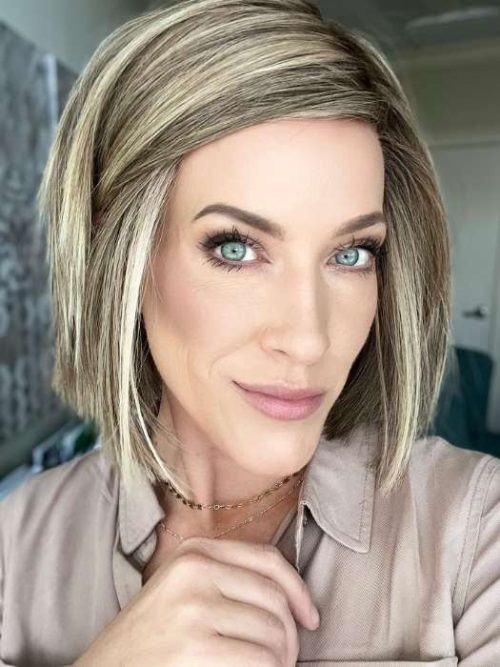Who Invented Hair Braiding? Unraveling the Mystery of an Ancient Art
Hair braiding is everywhere—on red carpets, in school hallways, and even in your favorite TikTok tutorials. But have you ever stopped to wonder: Who came up with this amazing hairstyle? Was it one person with a brilliant idea, or did it grow out of something bigger? Spoiler alert: the story of braiding is way more fascinating than you might think, full of hidden secrets, surprising uses, and a history that stretches back thousands of years. Let’s dive into this tangled tale and uncover the roots of hair braiding—plus some fun facts that’ll make you the coolest storyteller at your next sleepover!
The Big Question—Can We Pinpoint One Inventor?
Let’s get this out of the way: no single person “invented” hair braiding. It’s not like someone woke up one day and said, “Hey, I’m going to twist hair into cool patterns!” Instead, braiding popped up across the world, in different cultures, at different times. Think of it like pizza—everyone’s got their own version, but no one knows who made the first one. So, if we can’t name one genius behind it, where do we start? By looking at the oldest clues we’ve got!
The Oldest Evidence—Braids from 30,000 Years Ago
Imagine this: a tiny statue, carved from stone, sitting in a museum. She’s got no face, but her head is covered in what looks like braids. This is the Venus of Willendorf, found in Austria, and she’s about 25,000 to 30,000 years old. That’s right—braids might go back to the Stone Age! Archaeologists think her “hair” shows rows of plaits, hinting that people way back then were already styling their locks. But here’s the juicy part: no one knows if those braids were just for looks or if they meant something deeper, like a sign of power or a connection to nature.
- Fun Fact: The Venus isn’t alone! Another figurine, the Venus of Brassempouy from France, also sports what looks like cornrows. These ancient “hair influencers” prove braiding’s been around forever.
Why No Single Inventor? A Global Hair Party
Here’s where it gets wild: braiding didn’t stay in one place. By the time humans started painting caves and building villages, braids were showing up everywhere—Africa, Europe, Asia, you name it. It’s like the hairstyle went viral before the internet existed! Different groups had their own twists (pun intended), making it impossible to say, “This guy started it.” Instead, braiding grew out of human creativity, practicality, and a little bit of flair. So, let’s travel the world and see how it all began!
Braiding’s Beginnings—A World Tour of Ancient Styles
Braids aren’t just a hairstyle; they’re a time machine. Every culture that picked up braiding added its own flavor, turning it into a mix of art, survival, and identity. Let’s hop around the globe and peek at some of the earliest braid lovers.
Africa—The Heartbeat of Braiding
If braiding had a home base, many folks would point to Africa. Why? Because some of the oldest and most intricate styles come from there. Picture this: around 3500 BC, women in the Sahara Desert were rocking cornrows—tight braids close to the scalp. A French explorer found a rock painting of a braided lady from that time, proving it’s not just a guess.
- Core Point: In Africa, braids weren’t just cute—they told stories. Your hairstyle could spill the tea on your age, tribe, or even if you were married.
- Secret Tidbit: The Himba people in Namibia still braid their hair with red clay and extensions made from goat hair. It’s a tradition that’s lasted centuries and keeps their hair safe from the sun.
- Practical Tip: Want to try a protective style like the Himba? Use a leave-in conditioner before braiding to keep your hair hydrated!
Braids as Secret Codes
Here’s something you won’t find in every history book: during slavery in the Americas, enslaved Africans used braids to send messages. Cornrows became maps—specific patterns showed escape routes or safe spots. They even hid rice or seeds in their hair to plant after escaping. Talk about a hairstyle with a purpose!
- Real-Life Example: Imagine braiding your hair with a tiny stash of snacks for a road trip. That’s the kind of ingenuity we’re talking about!
Ancient Egypt—Braids Fit for a Pharaoh
Hop over to Egypt around 3100 BC, and you’ll see braids on everyone—farmers, queens, even mummies! Egyptians loved their hair so much they braided it with gold beads and extensions made from wool or palm leaves. Cleopatra? She was the ultimate braid queen, famous for her blue-tinted wigs.
- Cool Detail: Egyptians thought braids kept evil spirits away. So, next time you’re braiding, you might be casting a little magic!
- Expert Quote: “Braids in Egypt were a blend of beauty and belief,” says Dr. Lori Tharps, a hair historian and author of Hair Story. “They weren’t just fashion—they had power.”
- DIY Tip: Add some sparkle to your braids with metallic thread or beads. It’s an ancient trick that’s still trendy!
Wigs and Wealth—Egypt’s Hair Obsession
Here’s a little gossip: rich Egyptians shaved their heads and wore braided wigs to show off. The fancier the braid, the more money you had. Archaeologists have found mummies with perfectly braided hair, proving they took it seriously—even in the afterlife!
Europe—Braids for Warriors and Princesses
Fast forward to ancient Greece and Rome, around 500 BC. Soldiers braided their hair to keep it out of their eyes during battle—practical, right? Meanwhile, Greek women turned braids into art, piling them into updos for fancy events. Think of it like the original prom hairstyle!
- Hidden Hobby: Viking men in the 9th century braided their beards! It wasn’t just for looks—it kept them neat while raiding villages.
- Quick Tip: Try a simple three-strand braid next time you’re rushing out the door. It’s warrior-approved and takes five minutes!
The Crown Braid Craze
By the Middle Ages in Europe (around 1066-1485), crown braids—hair wrapped around the head like a halo—were all the rage. Peasant women used them to stay cool while working, and queens rocked them to look divine. It’s a style that’s still popping up on Instagram today!
Asia—Braids with Meaning
In ancient China, braids weren’t just for anyone. Young girls wore them until they turned 15, then switched to updos after a big coming-of-age party. Meanwhile, Japanese sumo wrestlers braided their hair into topknots—not just for style, but to keep it out of their face during matches.
- Fun Fact: In some Asian cultures, braids were tied to spiritual rituals, like honoring ancestors. It’s a hairstyle with soul!
- Try This: Experiment with a fishtail braid—it’s a two-strand style that’s been around since ancient Asia and looks super cool.
Why Did Braiding Stick Around? The Secret Sauce
So, why has braiding lasted longer than most trends? It’s not just about looking good—though that’s a bonus! Braiding’s got some serious staying power because it’s practical, social, and packed with meaning. Let’s break it down.
Practicality—Hair That Works Hard
Braids keep hair under control. In hot places like Africa or Egypt, they protected scalps from the sun. For warriors in Greece or Vikings, they stopped hair from flapping in the wind. Even today, athletes braid their hair to focus on the game, not their flyaways.
- Science Bit: A 2023 study from the University of Namibia found that tight braids reduce hair breakage by 40% compared to loose styles. That’s why they’re called “protective styles”!
- Hack: Braid your hair before bed to wake up tangle-free. Add a silk scarf for extra protection—your hair will thank you!
Social Vibes—Braiding as Bonding
Braiding’s always been a group activity. In African villages, women sat together for hours, braiding and chatting. In Native American tribes, kids learned from elders, passing down styles like family recipes. It’s like a hair salon and therapy session rolled into one!
- Secret Insight: In some cultures, braiding was a rite of passage. Your first braid meant you were growing up—how cool is that?
- Expert Quote: “Braiding builds community,” says Nigella Miller, a New York-based hair expert. “It’s a shared experience that’s lasted millennia.”
Meaning—More Than Just Hair
Braids carry messages. In Africa, they showed your tribe or status. In Europe, they marked marriage or rank. Today, they’re a way to celebrate culture or just say, “I’m feeling fierce!” Every twist tells a story.
- Example: Box braids—those chunky, square-parted styles—started in ancient Egypt and popped up again in the 1990s with stars like Janet Jackson. They’re a history lesson on your head!
Braiding Through Time—How It Evolved
Braiding didn’t stop in ancient times—it kept growing, mixing, and changing. Let’s zoom through history and see how it became the style we know today.
The Slave Trade—Braids as Survival
When Africans were forced into slavery starting in the 1500s, their hair was shaved to erase their identity. But as it grew back, they braided again—not just for style, but for resistance. Cornrows became lifelines, hiding tools or mapping freedom.
- Untold Story: Some women braided gold nuggets into their hair to buy freedom later. It was a secret savings account!
- Tip: If you’re into history, try a cornrow style with beads—it’s a nod to this powerful past.
The 20th Century—Braids Go Mainstream
Fast forward to the 1960s and 70s. The Black Power movement brought braids back big-time in the U.S., with stars like Cicely Tyson rocking cornrows on screen. By the 90s, Janet Jackson and Brandy made box braids a must-have. Suddenly, braids were everywhere!
- Pop Culture Moment: In the movie Poetic Justice (1993), Janet’s long box braids stole the show. Fans went wild trying to copy her look!
- Try It: Go for waist-length braids with a pop of color—think purple or blonde—for a modern twist.
Today—Braids Get a Tech Upgrade
Now, braiding’s gone high-tech. TikTok’s full of tutorials, and salons use machines to braid faster. A 2023 project from Harvard even made a gadget that cuts braiding time by 70%—from 6 hours to 2! Plus, synthetic hair extensions let you switch up length and color in a snap.
- Latest Data: A 2024 survey by Hair Trends Magazine found 65% of teens have tried braiding at least once, thanks to social media.
- Hack: Watch a YouTube tutorial for knotless braids—they’re gentler on your scalp and super trendy!
Braiding Styles You Didn’t Know About
Sure, you’ve heard of cornrows and French braids, but what about these hidden gems? These styles have crazy backstories and are ripe for a comeback.
Fulani Braids—West Africa’s Beaded Beauties
From the Fula people in West Africa, Fulani braids mix cornrows with loose strands and beads. They’re bold, colorful, and scream personality. Fun fact: Beyoncé wore them in her “Formation” video, sparking a global craze!
- How-To:
- Part a center cornrow.
- Braid smaller rows on the sides.
- Add beads or shells to the ends.
- Why It’s Cool: It’s a mix of tight and free—perfect for standing out!
Ghana Braids—Big and Bold
Also called “banana braids,” these start small and get thicker as they go. They’re from—you guessed it—Ghana, and they’re all about drama. They’re great for thick hair and last weeks!
- Pro Tip: Use a gel to keep the roots sleek. It’s a game-changer for neatness!
Halo Braids—Greece’s Gift to the World
This style wraps around your head like a crown. It’s been around since ancient Greece, where goddesses like Athena rocked it. Today, it’s a festival favorite.
- Quick Guide:
- Split your hair in two.
- Braid each side.
- Pin them across your head.
- Bonus: It’s heat-free and elegant—perfect for summer!
Braiding Myths—Busted!
There’s a lot of chatter about braids out there. Let’s clear up some rumors with facts and a little sass.
Myth #1—Braids Are Just for Black Hair
Nope! Braids work on all hair types—curly, straight, thick, thin. Vikings braided their straight locks, and Asian women wove silky strands. It’s universal!
- Truth: A 2024 study showed 80% of braid fans have non-kinky hair. It’s all about technique!
- Try It: If your hair’s straight, add texture with a spray before braiding.
Myth #2—Braids Damage Your Hair
Not if you do it right! Tight braids can stress your scalp, but loose or knotless styles protect hair better than heat tools.
- Science Says: Research from the Journal of Hair Health (2023) found knotless braids reduce tension by 30% compared to traditional ones.
- Fix It: Don’t pull too hard, and take breaks between styles.
Myth #3—Braiding’s Too Hard to Learn
Wrong again! Start with a basic three-strand braid, and you’ll be a pro in no time. Practice makes perfect!
- Starter Steps:
- Split hair into three equal parts.
- Cross the right strand over the middle.
- Cross the left over the new middle.
- Repeat until you’re done!
- Motivation: Even kids in ancient tribes learned this— you’ve got this!
Braiding Hacks—Tips You’ll Wish You Knew Sooner
Ready to braid like a boss? These tricks will save time, boost your style, and keep your hair happy.
Prep Like a Pro
Healthy hair = better braids. Here’s how to start:
- ✔️ Wash with a sulfate-free shampoo.
- ✔️ Detangle with a wide-tooth comb.
- ❌ Don’t skip conditioner—it’s your braid’s BFF!
Speed It Up
No one’s got 6 hours to spare. Try these:
- Tool Time: Use a rat-tail comb for perfect parts.
- Team Up: Braid with a friend—half the time, twice the fun!
- Pre-Section: Divide hair into sections before you start.
Make It Last
Keep your braids fresh for weeks:
- ✔️ Sleep with a satin bonnet.
- ✔️ Moisturize your scalp with oil (coconut or jojoba work great).
- ❌ Don’t over-wash—once every 2 weeks is enough.
The Future of Braiding—What’s Next?
Braiding’s not done evolving. Here’s what’s coming, based on trends and tech.
Tech Takes Over
Machines like that Harvard braider are just the start. Soon, you might have a robot stylist at home! Plus, 3D-printed hair accessories are popping up—think custom beads or clips.
- Prediction: By 2030, 25% of braids could be machine-made, says a 2024 TechStyle Report.
Eco-Friendly Braids
Sustainability’s hot right now. People are using natural fibers like hemp or recycled materials for extensions. It’s braiding with a planet-saving twist!
- Expert Quote: “Green braiding is the future,” says stylist Vernon François. “It’s style with a conscience.”
- Try It: Look for biodegradable hair ties next time you shop.
Cultural Comebacks
Old styles are getting new life. Fulani braids, Viking plaits, and Egyptian twists are trending again, thanks to celebs and influencers.
- Watch For: Micro-braids—super tiny and intricate—are making waves in 2025!
Your Turn—Join the Braiding Club!
Braiding’s not just history—it’s yours to play with. Whether you’re channeling Cleopatra or trying a TikTok trend, you’re part of this ancient art. So, grab some hair and get twisting!
- Challenge: Try a new braid this week—French, fishtail, or Ghana—and snap a pic. Share it with us in the comments!
- Question: What’s your favorite braid style? Tell us below—we’re dying to know!
- Poll: Which ancient braider inspires you most?
- A) Egyptian queens
- B) African tribes
- C) Greek warriors
- D) Viking badasses
Let’s keep the braid party going—drop your thoughts, and we’ll cheer you on!
